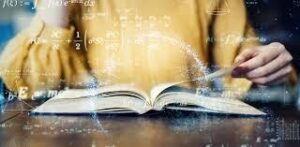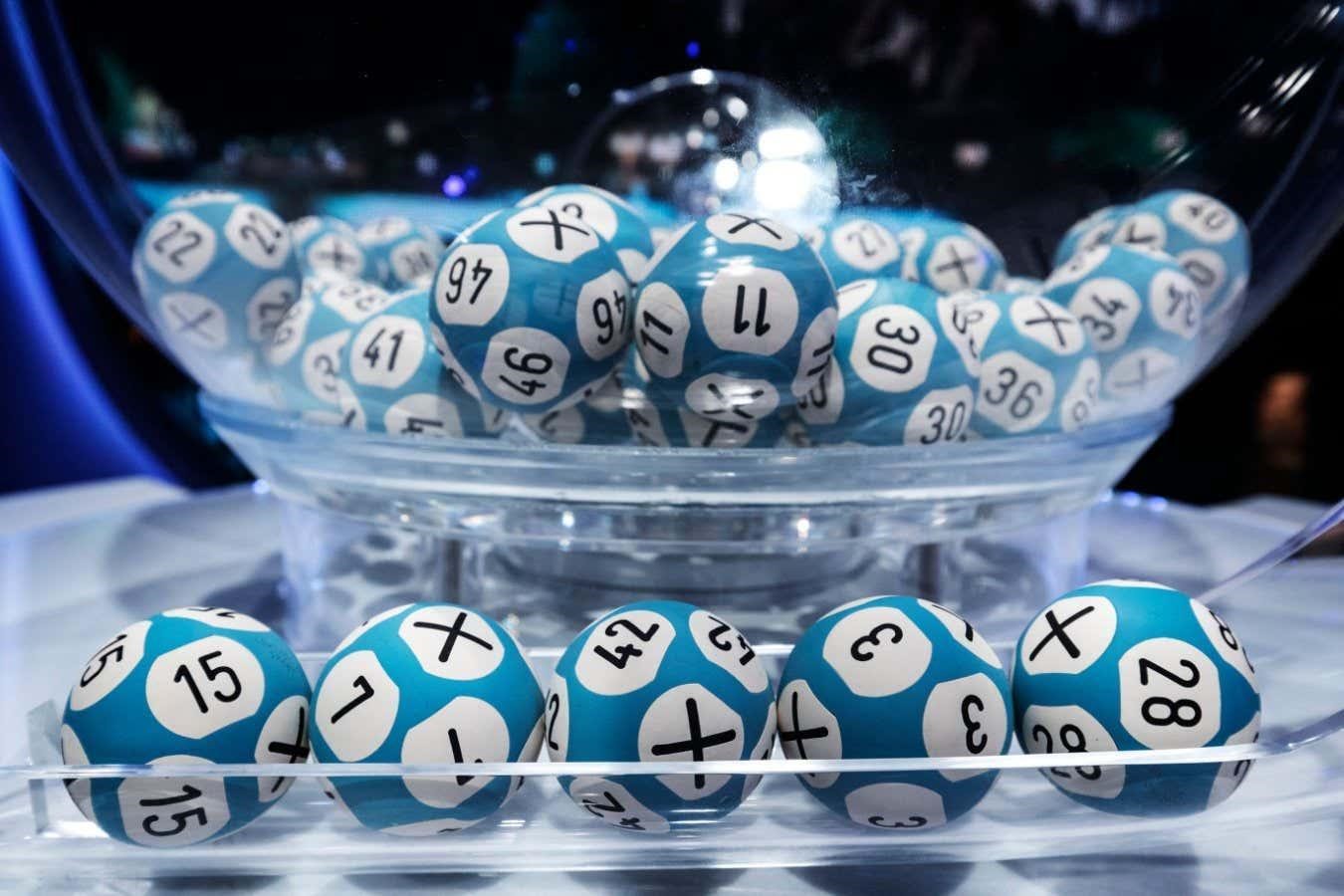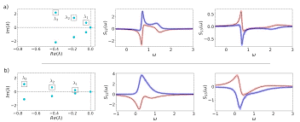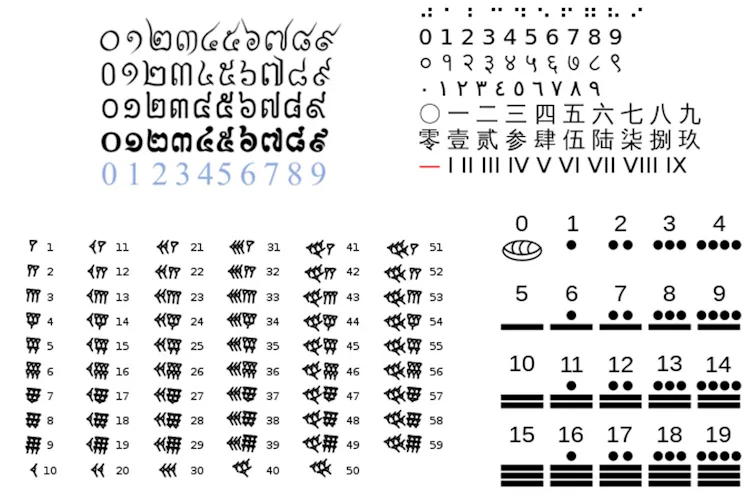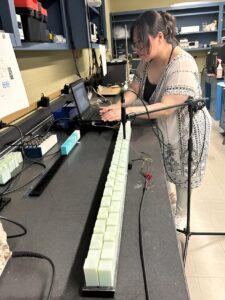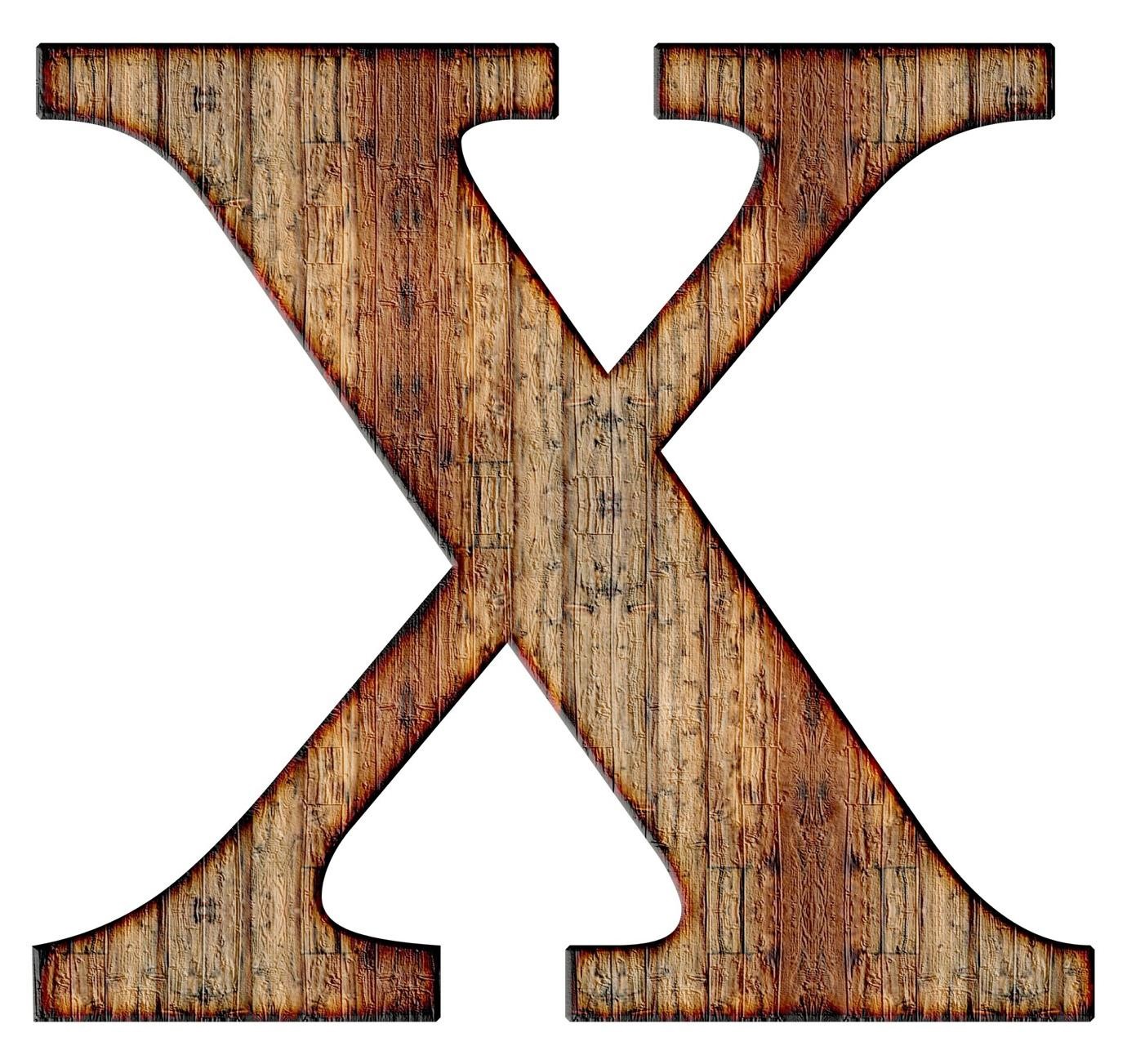Even though “x” is one of the least-used letters in the English alphabet, it appears throughout American culture—from Stan Lee’s X-Men superheroes to “The X-Files” TV series. The letter x often symbolizes something unknown, with an air of mystery that can be appealing—just look at Elon Musk with SpaceX, Tesla’s Model X, and now X as a new name for Twitter.
You might be most familiar with x from math class. Many algebra problems use x as a variable, to stand in for an unknown quantity. But why is x the letter chosen for this role? When and where did this convention begin?
There are a few different explanations that math enthusiasts have put forward—some citing translation, others pointing to a more typographic origin. Each theory has some merit, but historians of mathematics, like me, know that it’s difficult to say for sure how x got its role in modern algebra.
Ancient unknowns
Algebra today is a branch of math in which abstract symbols are manipulated, using arithmetic, to solve different kinds of equations. But many ancient societies had well-developed mathematical systems and knowledge with no symbolic notation.
All ancient algebra was rhetorical. Mathematical problems and solutions were completely written out in words as part of a little story, much like the word problems you might see in elementary school.
Ancient Egyptian mathematicians, who are perhaps best known for their geometric advances, were skilled in solving simple algebraic problems. In the Rhind papyrus, the scribe Ahmes uses the hieroglyphics referred to as “aha” to denote the unknown quantity in his algebraic problems. For example, problem 24 asks for the value of aha if aha plus one-seventh of aha equals 19. “Aha” means something like “mass” or “heap.”
The ancient Babylonians of Mesopotamia used many different words for unknowns in their algebraic system—typically words meaning length, width, area or volume, even if the problem itself was not geometric in nature. One ancient problem involved two unknowns termed the “first silver thing” and the “second silver thing.”
Mathematical know-how developed somewhat independently in many lands and in many languages. Limitations in communication prevented any immediate standardization of notation. However, over time some abbreviations crept in.
In a transitional syncopated phase, authors used some symbolic notation, but algebraic ideas were still presented mainly rhetorically. Diophantus of Alexandria used a syncopated algebra in his great work Arithmetica. He called the unknown “arithmos” and used an archaic Greek letter similar to s for the unknown.
Indian mathematicians made additional algebraic discoveries and developed what are essentially the modern symbols for each of the decimal digits. One especially influential Indian mathematician was Brahmagupta, whose algebraic techniques could handle any quadratic equation. Brahmagupta’s name for the unknown variable was yãvattâvat. When additional variables were required, he instead used the initial syllable of color names, like kâ from kâlaka (black), ya from yavat tava (yellow), ni from nilaka (blue), and so on.
Islamic scholars translated and preserved a great deal of both Greek and Indian scholarship that has contributed immensely to the world’s mathematical, scientific and technical knowledge. The most famous Islamic mathematician was al-Khowarizmi, whose foundational book Al-jabr wa’l muqabalah is at the root of the modern word “algebra.”
So what about x?
One theory of the genesis of x as the unknown in modern algebra points to these Islamic roots. The theory contends that the Arabic word used for the quantity being sought was al-shayun, meaning “something,” which was shortened to the symbol for its first “sh” sound. When Spanish scholars translated the Arabic mathematical treatises, they lacked a letter for the “sh” sound and instead chose the “k” sound. They represented this sound by the Greek letter χ, which later became the Latin x.
It’s not unusual for a mathematical expression to come about through convoluted translations—the trigonometric word “sine” started as a Hindu word for a half-chord but, through a series of translations, ended up coming from the Latin word “sinus,” meaning bay. However, there is some evidence that casts doubt upon the theory that using x as an unknown is an artifact of Spanish translation.
The Spanish alphabet includes the letter x, and early Catalonian involved several pronunciations of it depending on context, including a pronunciation akin to the modern sh. Although the sound changed pronunciation over time, there are still vestiges of the sh sound for x in Portuguese, as well as in Mexican Spanish and its use in native place names. By this reasoning, Spanish translators conceivably could have used x without needing to resort first to the Greek χ and then to the Latin x.
Moreover, although the letter x may have been used in mathematics during the Middle Ages sporadically, there is no consistent use of it dating back that far. Western mathematical texts over the next several centuries still used a variety of words, abbreviations and letters to represent the unknown.
For instance, a typical problem in the algebra book “Sumario Compendioso of Juan Diez,” published in Mexico in 1556, uses the word “cosa”—meaning “stuff” or “thing”—to stand in for the unknown.
I think that the most plausible explanation is to credit the influential French scholar René Descartes for the modern use of x. In an appendix to his major work “Discourse” in the 17th century, Descartes introduced a version of analytic geometry—in which algebra is used to solve geometric problems. For unspecified constants he chose the first few letters of the alphabet, and for variables he chose the last letters in reverse order.
Although scholars may never know for sure, some theorize that Descartes may have chosen the letter x to appear often since the printer had a large cache of x’s because of its scarcity in the French language. Whatever his reasons for choosing x, Descartes greatly influenced the development of mathematics, and his mathematical writings were widely circulated.
Xtending beyond algebra
Even if the origins of x in algebra are uncertain, there are some instances in which historians do know why x is used. The X in Xmas as an abbreviation for Christmas definitely does come from the Greek letter χ. The Greek word for Christ is Christos, written χριστοσ and meaning “anointed.” The χ monogram was used as a shorthand for Christ in both Roman Catholic and Eastern Orthodox writings dating back as far as the 16th century.
There are also some contexts in which x was chosen specifically to indicate something unknown or extra, such as when the German physicist Wilhelm Roentgen accidentally discovered X-rays in 1895 while experimenting with cathode rays and glass.
But there are other cases in which scholars can only guess about the origins of x’s role, such as the phrase “X marks the spot.” And there are other contexts—such as Elon Musk’s affinity for the letter—that may just be a matter of personal taste.
For more such insights, log into our website https://international-maths-challenge.com
Credit of the article given to Peter Schumer, The Conversation


